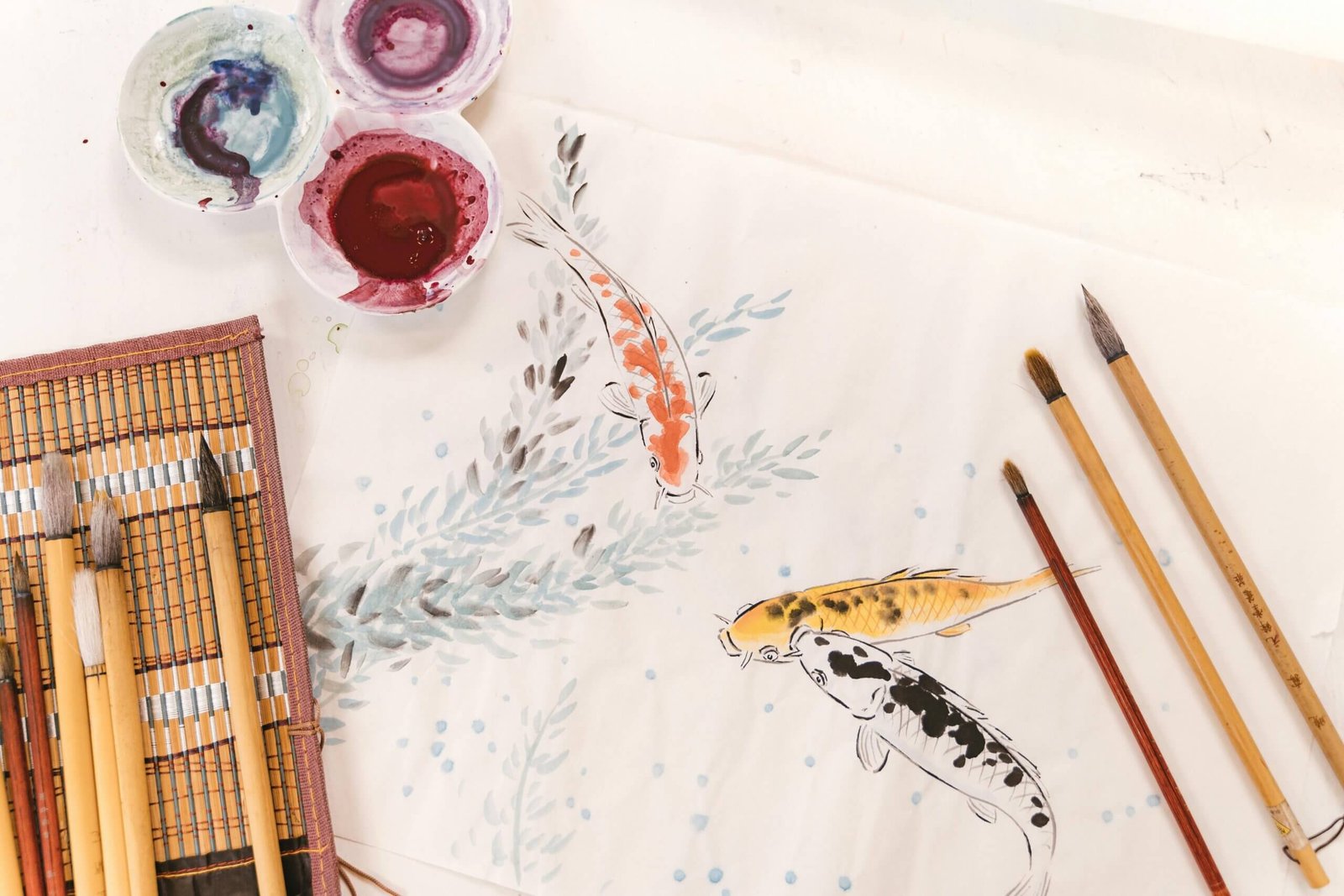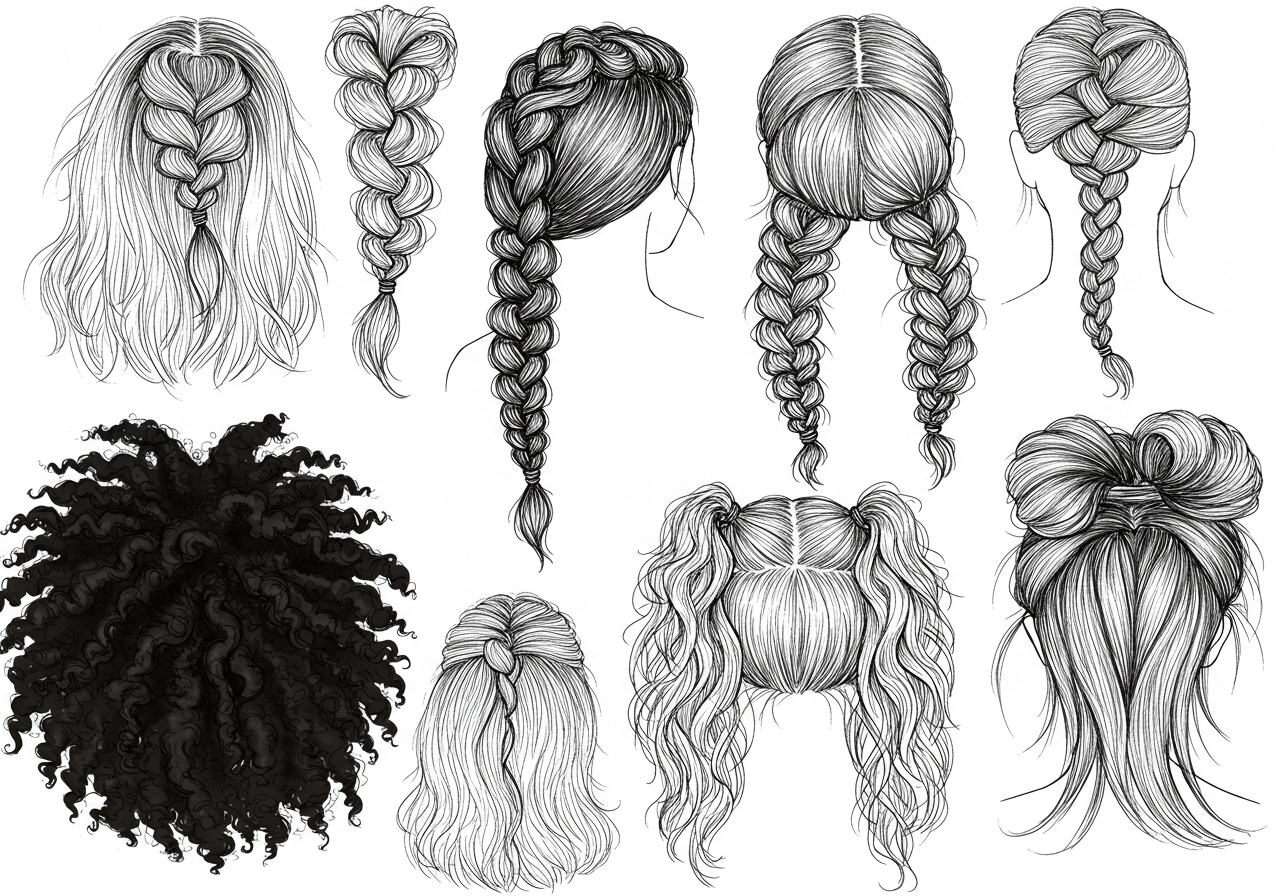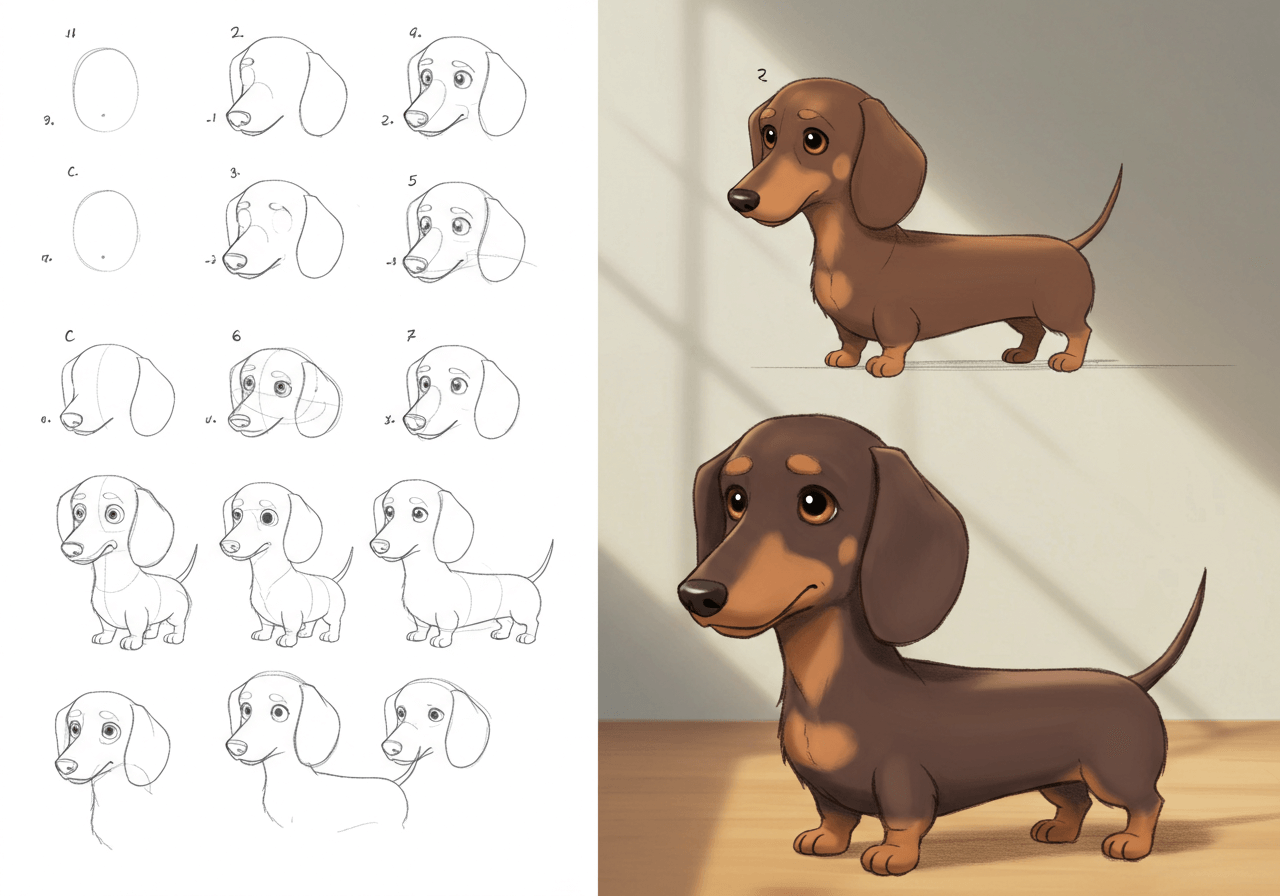9 Must-Have Drawing Tools for Your Professional Drawing
So, you’re diving headfirst into the amazing world of professional art? That’s awesome! Whether you’re dreaming of designing characters for the next big game, illustrating captivating books, or crafting stunning digital masterpieces, your journey starts with the right gear. Think of it like this: a chef needs their knives, a musician needs their instrument, and YOU, my friend, need your drawing tools. Getting the right setup from the get-go can make all the difference, trust me. Let’s explore what essential drawing tools will kickstart your professional career.
Table of Contents
Unlocking Your Potential: Why Good Tools Matter
You might be thinking, “Can’t I just use whatever?” And sure, you could. But investing in quality drawing tools isn’t just about fancy gadgets; it’s about efficiency, comfort, and unlocking your full creative potential. Professional tools are designed to streamline your workflow, offer unparalleled precision, and stand up to countless hours of use. Plus, they just feel better in your hand, making the whole drawing process more enjoyable. We’re talking about tools that respond to your every nuanced stroke, translating your vision onto the canvas, whether digital or traditional.
The Digital Frontier: Essential Digital Drawing Tools
Let’s face it, digital art rules the roost in many pro design studios. Here’s a rundown of the go-to digital drawing tools that pros swear by:
1. Graphics Tablets & Pen Displays: Your Digital Canvas
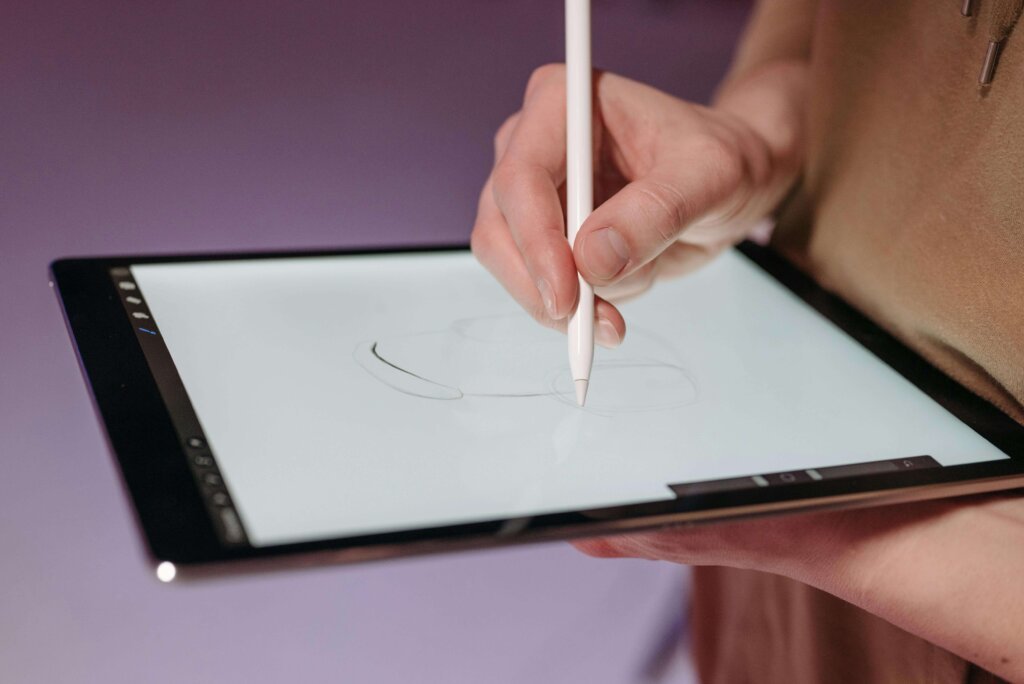
This is where the magic happens!
- Graphics Tablets (like Wacom Intuos): These are the workhorses. You draw on a pad while looking at your computer screen. They’re super responsive, relatively affordable, and a fantastic starting point.
- Pen Displays (like Wacom Cintiq Pro): Okay, this is the holy grail for many digital artists. You draw directly on the screen! It’s an immersive experience that feels incredibly natural, almost like drawing on paper. It’s a significant investment, but for a professional career, it pays dividends in workflow and joy.
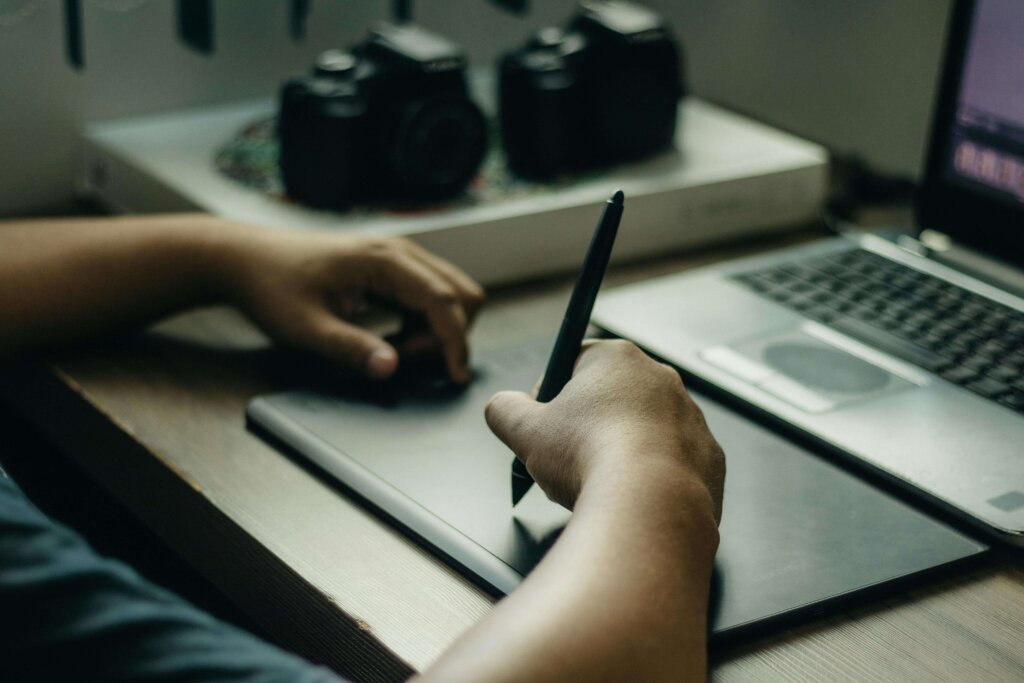
2. High-Performance Computers/Laptops: Powering Your Creativity
Your computer is the engine room of your digital studio. You’ll need something robust enough to handle demanding art software without lagging.
- Specs to look for:
- RAM: At least 16GB, 32GB is even better for complex projects.
- Processor: A fast multi-core processor (Intel i7/i9 or AMD Ryzen 7/9).
- Graphics Card (GPU): A dedicated graphics card (NVIDIA GeForce or AMD Radeon) with ample VRAM is crucial, especially for 3D or large canvas work.
- Storage: SSHD is a must for speedy program loading.
3. Drawing Software: Your Digital Toolbox
Choosing the right software is like picking your favorite set of brushes.
- Adobe Photoshop: The industry standard for a reason.
- Clip Studio Paint: A fan favorite, especially for manga, comics, and animation. Known for its fantastic brush engine and comic-specific features.
- Procreate (for iPad users): If you’re going mobile, Procreate on an iPad for drawing is an absolute game-changer. It’s intuitive, powerful, and lets you create incredible art anywhere. An iPad for drawing with an Apple Pencil transforms into a powerful, portable studio.
4. Color Calibration Device: See True Colors
This often-overlooked tool is super important. A color calibrator ensures your monitor displays accurate colors, preventing frustrating surprises later on.
The Tactile Touch: Essential Traditional Drawing Tools
Even in a digital world, a strong foundation in traditional art can make you a more versatile and skilled artist. Plus, sometimes you just need to feel the pencil on paper!
1. Quality Pencils & Graphite: The Foundation
- Graphite Pencils: A good set ranging from hard (2H, H) for light sketches to soft (2B, 4B, 6B, 8B) for rich darks.
- Mechanical Pencils: Great for precise lines and consistent thickness.
2. Ink & Pens: For Bold Lines
- Fineliner Pens: Various nib sizes (e.g., 0.1mm, 0.3mm, 0.5mm, 0.8mm) are perfect for crisp lines and detail.
- Brush Pens: Offer expressive line variations, great for inking comics or calligraphy.
- India Ink & Dip Pens: For that classic, expressive inking experience. Takes practice but totally worth it.
3. Paper, Paper, Paper: More Than Just a Surface
The right paper can truly enhance your work.
- Smooth Bristol Board: Ideal for detailed ink work.
- Rough Watercolor Paper: If you dabble in washes, this absorbent paper is fantastic.
- Sketchbooks: Always have a few on hand for ideas – different sizes, different paper types.
4. Erasers & Sharpeners: Your Best Friends
- Kneaded Eraser: Great for lifting graphite without damaging paper.
- Plastic Eraser: For more assertive erasing.
- High-Quality Sharpeners: Essential for keeping your pencils sharp for precise work.
5. Lighting: Set the Scene
Good lighting is not just for photographers! A daylight-balanced lamp (like a good desk lamp with LED lights) over your workspace prevents eye strain and ensures you see true colors. Trust me, your eyes will thank you after those long drawing sessions.
Curating Your Toolset: A Personalized Approach
Remember, these are recommendations, not commandments. Your ideal set of drawing tools will evolve as you discover your preferred style and workflow.
Category | Digital Tool Examples | Traditional Tool Examples |
Primary Input | Wacom Cintiq Pro, iPad for drawing | Graphite Pencils, Fineliner Pens |
Processing Power | High-end PC/Laptop | Your Brain! (and good light) |
Software/Medium | Photoshop, Clip Studio Paint | Paper, India Ink, Watercolors |
Essentials | Color Calibrator | Erasers, Sharpeners |
Start with the basics that fit your budget, then gradually upgrade as your skills and professional needs grow. For instance, you might begin with a basic graphics tablet and then graduate to a Wacom Cintiq Pro once you’ve landed your first big commission. Or, you might find the portability of an iPad for drawing with Procreate is perfectly suited to your on-the-go lifestyle.
Actionable Tips for Aspiring Pros
- Don’t Break the Bank (Initially): You don’t need every top-of-the-line tool right away. Prioritize the most impactful items for your chosen specialization.
- Research & Reviews: Before any significant purchase, dive into reviews and watch YouTube demonstrations. See what other pros are using and why.
- Practice with Everything: Get to know your tools intimately. The more you use them, the more intuitive they become.
FAQs About Drawing Tools
Here are some burning questions aspiring pros often ask:
- Is an expensive graphics tablet like the Wacom Cintiq Pro truly necessary for a beginner?
Not necessarily right off the bat! While a Wacom Cintiq Pro offers an incredible experience, it’s a significant investment. Beginners can start with a more affordable, screen-less graphics tablet (like a Wacom Intuos) to learn the ropes. Think of it as a logical progression in your professional toolkit. - Can I really use an iPad for professional drawing, or is it just for casual sketches?
Absolutely! The iPad for drawing, especially with an Apple Pencil and powerful apps like Procreate, has revolutionized mobile digital art. Many professional illustrators, animators, and concept artists use it for everything from initial sketches and storyboards to full-fledged finished pieces. Its portability, intuitive interface, and robust capabilities make it a legitimate professional tool, particularly for artists on the go or those who prefer a more direct, intuitive drawing experience. - What’s the most common mistake artists make when choosing their first set of drawing tools?
The biggest mistake is often buying too much or the wrong type of tool for their specific needs, or conversely, skimping on quality in areas that truly matter. For example, getting every pen color under the sun when you primarily do grayscale work, or buying a dirt-cheap generic tablet that lacks pressure sensitivity and responsiveness. Focus on quality over quantity for the core drawing tools you’ll use most, and prioritize what directly supports the artistic style or medium you plan to specialize in. - How often should I upgrade my drawing tools as a professional?
It really depends on the tool and your evolving needs. Software often updates regularly, offering new features, but you don’t need to buy a new tablet or computer every year. Generally, consider upgrading major hardware like a graphics tablet or computer when: your current equipment significantly limits your workflow, new technologies offer a game-changing improvement, or your current tools frequently cause frustration or slowdowns. Quality drawing tools are built to last, so don’t feel pressured to constantly buy the latest model if what you have works well. - Are traditional drawing tools still relevant in a digital-first industry?
Definitely! While digital art dominates many commercial fields, a strong foundation in traditional drawing tools offers immense benefits. Understanding fundamental concepts like line weight, perspective, light, and shadow is often best learned with traditional mediums. Plus, many professionals still use traditional tools for concepting, sketching, and personal projects. The skills you build with a pencil and paper are incredibly transferable and can make you a more versatile, observant, and well-rounded artist, which is highly valued in the industry.
Your Artistic Journey Begins Now!
Embarking on a professional drawing career is an exciting adventure. Arming yourself with the right drawing tools is a crucial first step. Whether you lean into the precision of a Wacom Cintiq Pro, the portability of an iPad for drawing, or the timeless feel of paper and ink, remember that these tools are extensions of your creativity. Invest wisely, practice diligently, and let your passion guide your hand. Happy drawing, future pros!


